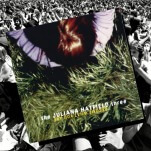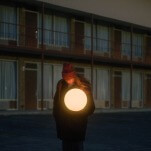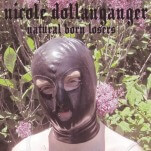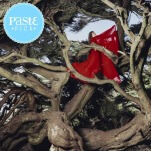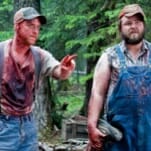Canada’s Beer and Booze Scene is Booming
Photo by Lindsay Smith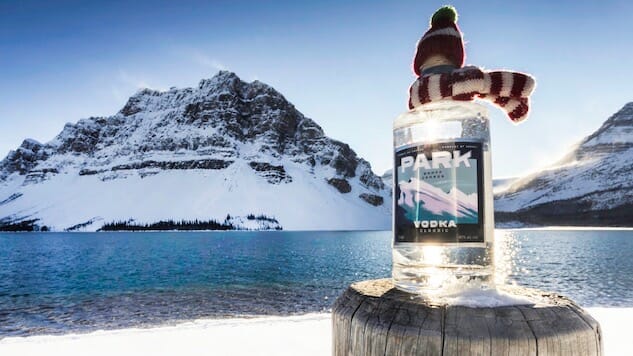
In the United States, the craft beer scene almost feels like a snake eating its own tail. With so many craft breweries—and the continuous acquisition of small shops by Big Beer and bigger craft breweries—some have predicted the death (albeit tongue in cheek) of the term “craft.” And while the craft spirits trend in the States hasn’t approached the point of over-saturation, no one would argue that hand-crafted booze is an emerging trend. More to the point, we’ll have to see if that industry follows the same winding, dark path witnessed with craft beer.
Refreshingly, the same cannot be said for America’s neighbor to the north, Canada. Take Alberta, which is currently undergoing a craft spirit and beer renaissance. Until December of 2013, any brewer was required by law to produce at least 500,000 liters annually—a strikingly prohibitive requirement for any aspiring micro/nano brewery. Since changing that law, the province’s craft beer scene has exploded, especially in Calgary, which has grown faster than any other locale in Alberta, with 11 breweries now operating in the city.
That growth benefits not only from an increased interest in craft beer, but also from the province’s opulence. Much of Alberta is farmland, and produces some of the world’s best barley. And its proximity to the Rocky Mountains also assures easy access to gallons of crisp, pure glacial water and snow melt.
Calgary’s Cold Garden Beverage Company offers a sterling example of Alberta’s recent successes. Rather than following the dominant trends in the States, the brewery turned away from the must-have-more-hops trend, instead making beer that highlights Alberta’s malt and barley strains. They do have one IPA—aptly named This Must Be the IPA. And it’s a good one. But the roster weighs heavily on other styles, including the All Nighter Vanilla Porter, which isn’t nearly as sweet and cloying as its name might suggest, as well as a blonde ale made with sour cherries and rhubarbs sourced from a local farm, and the Cake Face, a “birthday cake” porter that is as sweet as you’d expect, tasting similar to the candy coating of a jelly bean. Their brewery and tap room took root in the vibrant community of Inglewood, breathing new life into what was once the epicenter of brewing in the city. A bold pink neon sign hanging over the convivial tasting room proclaims, “This Must Be the Place,” a phrase that pays homage to The Talking Heads, and also makes for a good stand-in for the entire craft scene in the province.
Photo by Nathan Borchelt
Thankfully, the craft spirit industry hasn’t been as cobbled by antiquated laws. But the government has recently made things a lot easier for small-scale operations. At the end of 2017, the province’s finance minister reduced the Alberta Gaming and Liquor Commission mark-up for small distilleries, cideries, meaderies, and cottage wineries when they sell their stuff on-site or at farmers markets. The move will potentially cost Alberta $1.4 million, but should dramatically foster the industry. Spirit mark-ups alone drop from $13.67 to $2.46 a liter for any self-distributed bottles.
-

-

-

-

-

-

-

-

-

-

-

-

-

-

-

-

-

-

-

-

-

-

-

-

-

-

-

-

-

-

-

-

-

-

-

-

-

-

-

-










